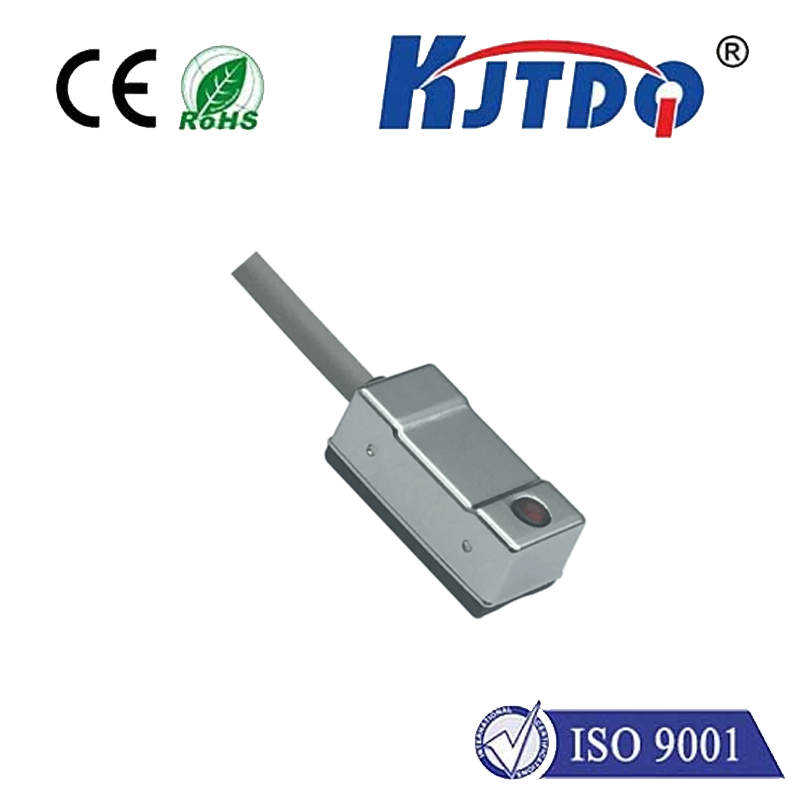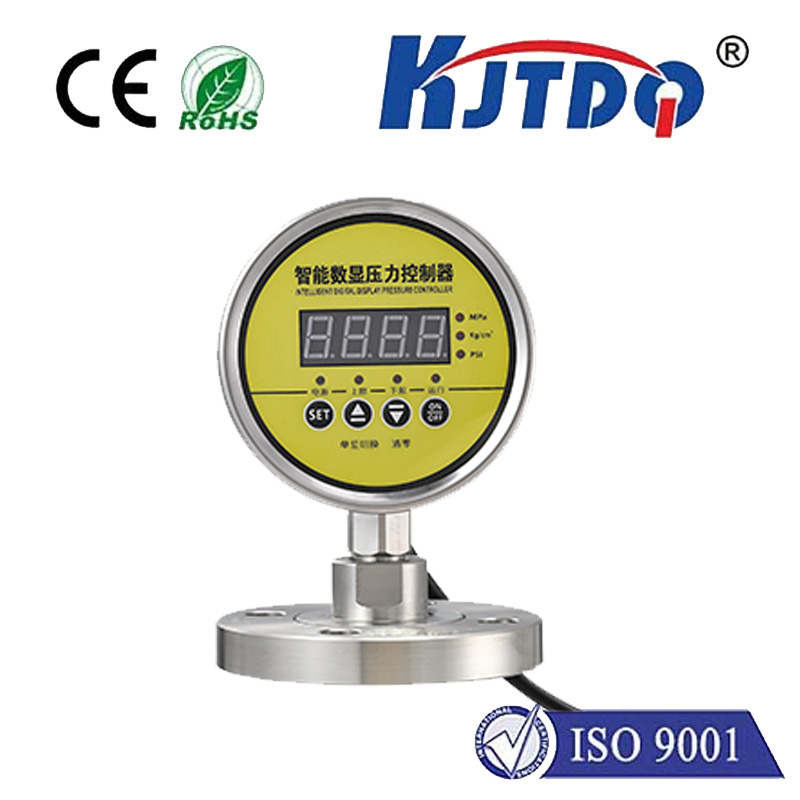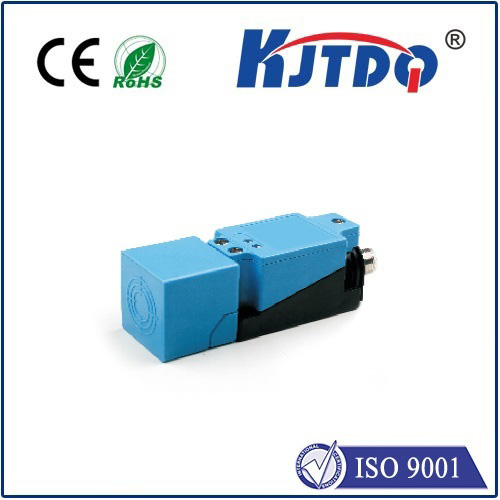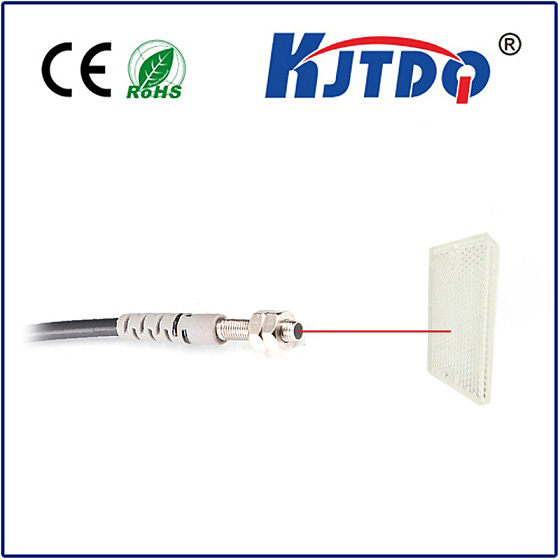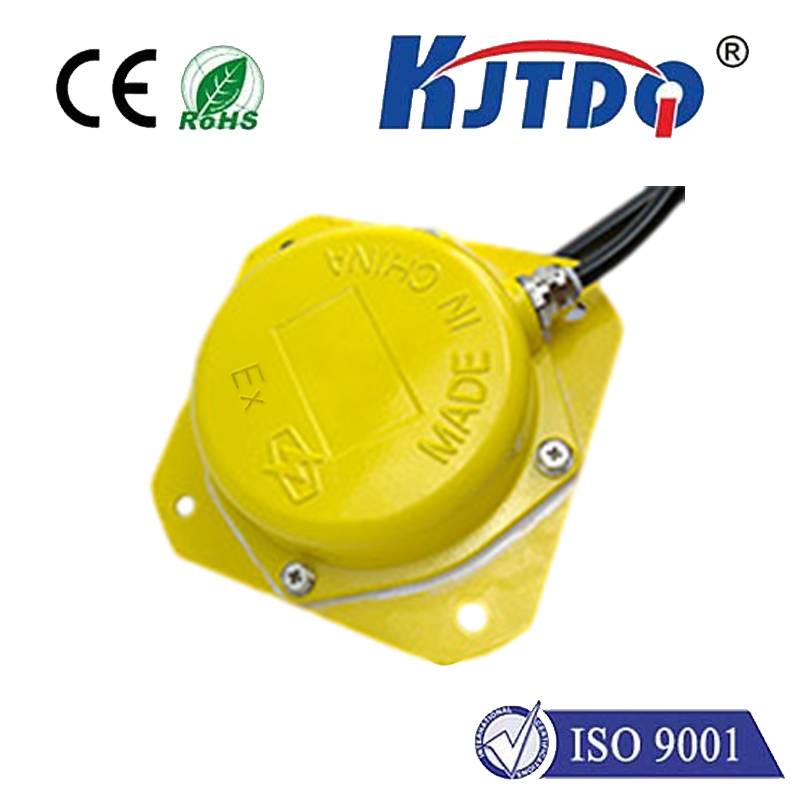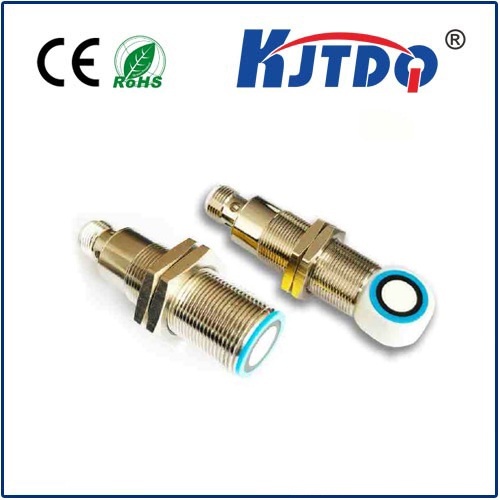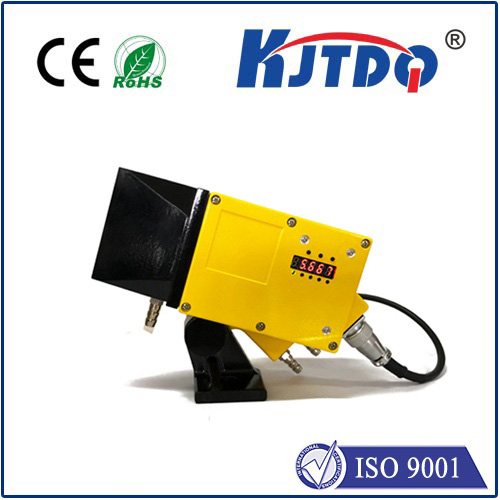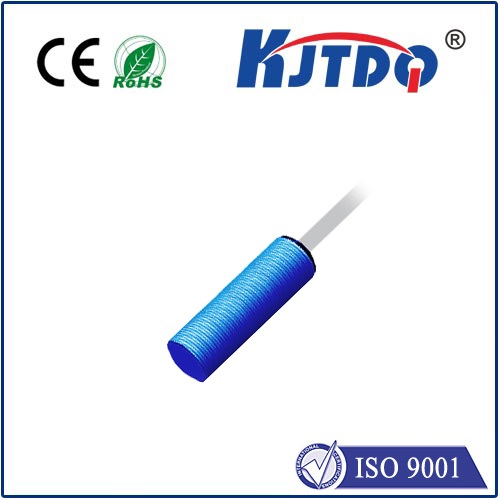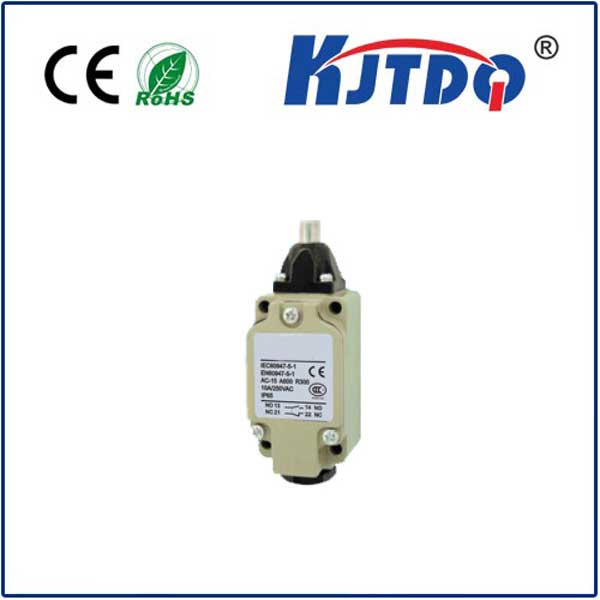PKB-20-35 Pull rope switch
- time:2025-09-24 01:59:44
- Нажмите:0
PKB-20-35 Pull Rope Switch: Your Conveyor’s Emergency Lifeline
Imagine this: A critical conveyor belt, the artery of your production line, suddenly snags. A worker’s sleeve gets perilously close to the pinch point. Seconds matter. A manual emergency stop button is meters away, useless in the crucial moment. This is where the PKB-20-35 Pull Rope Switch transforms from a simple device into an indispensable safety sentinel. It’s not just a switch; it’s an engineered solution for rapid, accessible emergency stopping along the entire length of potentially hazardous machinery.
Understanding the Lifeline: What is the PKB-20-35 Pull Rope Switch?
At its core, the PKB-20-35 is a robustly designed emergency stop device. It functions as a trip wire safety system specifically engineered for long conveyors, processing lines, packaging machinery, or any equipment with extended zones of potential danger. The system consists of a highly visible, durable rope (or cable) strategically run parallel to the hazardous path. This rope is securely anchored and tensioned at both ends, passing through a series of actuator assemblies mounted at intervals along the conveyor structure. The PKB-20-35 designation typically refers to a specific actuator model within a manufacturer’s pull-wire system lineup, designed to meet rigorous industrial standards.
The genius lies in its operation: Any person, anywhere along the protected length, encountering an emergency, can instinctively yank the rope. This action immediately triggers the actuator mechanism within the PKB-20-35 units. This mechanical movement directly actuates a robust, safety-rated switch contact within the actuator. This switch is safety-monitored, meaning it’s designed to fail in a safe state (usually causing a stop) and often features positively driven contacts to ensure reliable operation. Crucially, this action sends a definitive stop signal directly to the machinery’s safety control system (like a Safety PLC or relay), cutting power and bringing the equipment to a halt instantly.

Why the PKB-20-35 is Critical for Industrial Safety
- Unparalleled Accessibility: Traditional emergency stop buttons require an operator to reach a specific physical location. The pull rope system provides a continuous, accessible emergency stop function along potentially hundreds of meters. Speed of response is critical in emergencies, and this system minimizes reaction time dramatically. Anyone nearby becomes a safety responder.
- Mechanical Reliability: Unlike purely electronic systems reliant on complex circuits, the initial activation of the PKB-20-35 is purely mechanical. Pulling the rope physically drives the switch mechanism. This offers simplicity and high reliability, especially in demanding environments where dust, moisture, or vibration might compromise other systems. Its robust construction ensures performance in harsh industrial settings.
- Compliance with Safety Standards: Systems like the PKB-20-35 are fundamental for compliance with international machinery safety standards such as ISO 13850 (Safety of machinery — Emergency stop function — Principles for design) and regulations like ANSI B11.19 and others derived from IEC 60204-1. These standards mandate the provision of readily accessible emergency stop devices wherever hazards exist. The pull rope is often the most practical and effective way to achieve this on long equipment runs.
- Reduced Risk and Liability: By providing immediate access to an emergency stop, the PKB-20-35 system significantly reduces the probability of accidents and the severity of injuries. This proactive approach to safety protects personnel and mitigates significant operational downtime, potential regulatory fines, and costly liability claims resulting from accidents.
- Enhanced Confidence and Peace of Mind: Operators working near machinery equipped with a clearly visible and accessible pull rope system have increased confidence in their safety. They know that help – in the form of an immediate stop – is literally within arm’s reach at any point. This contributes to a stronger safety culture.
Key Components and Functionality of the System
While the PKB-20-35 actuator is a vital component, understanding the entire system is crucial:
- The Pull Rope/Cable: Highly visible (typically yellow or red), abrasion-resistant, and designed for high tensile strength. It must be correctly tensioned to ensure reliable activation without excessive slack or strain.
- PKB-20-35 Actuators: These are the workhorses mounted at intervals (e.g., every 20-40 meters, depending on the rope’s properties and standards). They house:
- A mechanism that clamps the rope.
- The safety switch component itself (normally closed, opening on pull).
- A robust reset mechanism (often requiring a tool or deliberate action to prevent accidental restart).
- Internal components designed to convert the rope pull into a definitive switch action.
- Anchoring Tensioners: Located at each end of the rope run. These allow for precise tensioning of the rope and provide a secure mounting point. Some designs incorporate automatic slack take-up or tension monitoring.
- Mounting Hardware: Robust brackets and hardware ensure secure attachment to the conveyor structure.
- Electrical Wiring: Connects the switch contacts within the PKB-20-35 actuators to the machine’s safety control circuit.
Application Spotlight: Where the PKB-20-35 Shines
The PKB-20-35 pull rope switch is ubiquitous in industries reliant on long material handling or processing paths:
- Mining & Quarrying: Alongside crushers, screens, and extensive conveyor networks transporting rock and minerals.
- Bulk Material Handling: In ports, grain elevators, cement plants, and power stations for coal and ash conveyors.
- Recycling Facilities: Protecting workers near sorting lines, shredders, and conveyors handling diverse materials.
- Manufacturing & Production: Along automated assembly lines, large press lines, paint lines, and packaging machinery.
- Wood & Paper Processing: Near chippers, saws, conveyors moving logs, and paper production lines.
- Food & Beverage: Protecting personnel on processing conveyors, filling lines, and palletizing systems.
Implementation Best Practices
Maximizing the effectiveness and reliability of a PKB-20-35 system requires careful planning:
- Risk Assessment: Identify the hazardous zones and determine the required length and positioning of the pull rope run.
- Spacing: Install actuators at intervals recommended by the manufacturer and relevant safety standards. This ensures the rope can be effectively pulled to actuate a switch reliably from any point. Avoid excessive distances between actuators.
- Installation Height: Mount the rope at a consistent, easily accessible height – typically between 0.8m and 1.7m above the floor or walkway level. Ensure it is clearly visible and unobstructed.
- Correct Tensioning: Follow manufacturer guidelines precisely. Improper tension is a common cause of failure – too loose prevents reliable switch activation; too tight causes excessive stress and potential breakage or prevents reset.
- Robust Wiring: Use appropriately rated cable and secure connections. Run wiring in protected conduits where necessary

